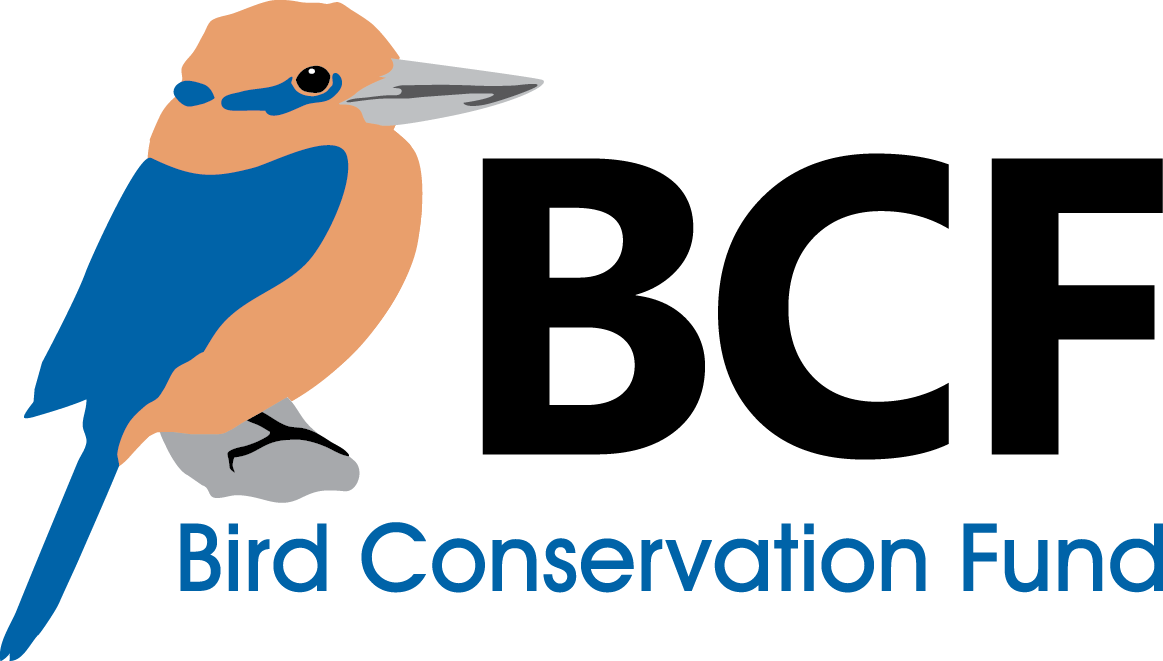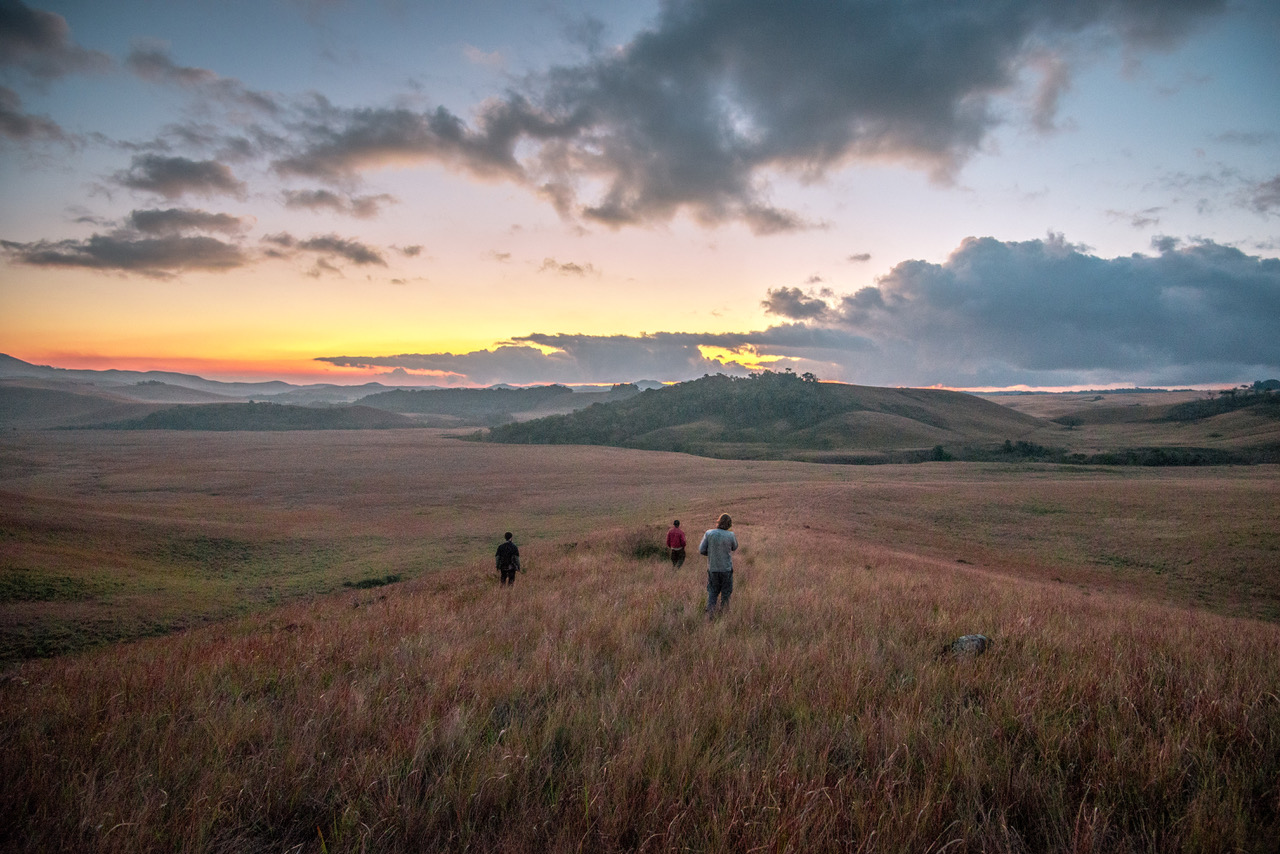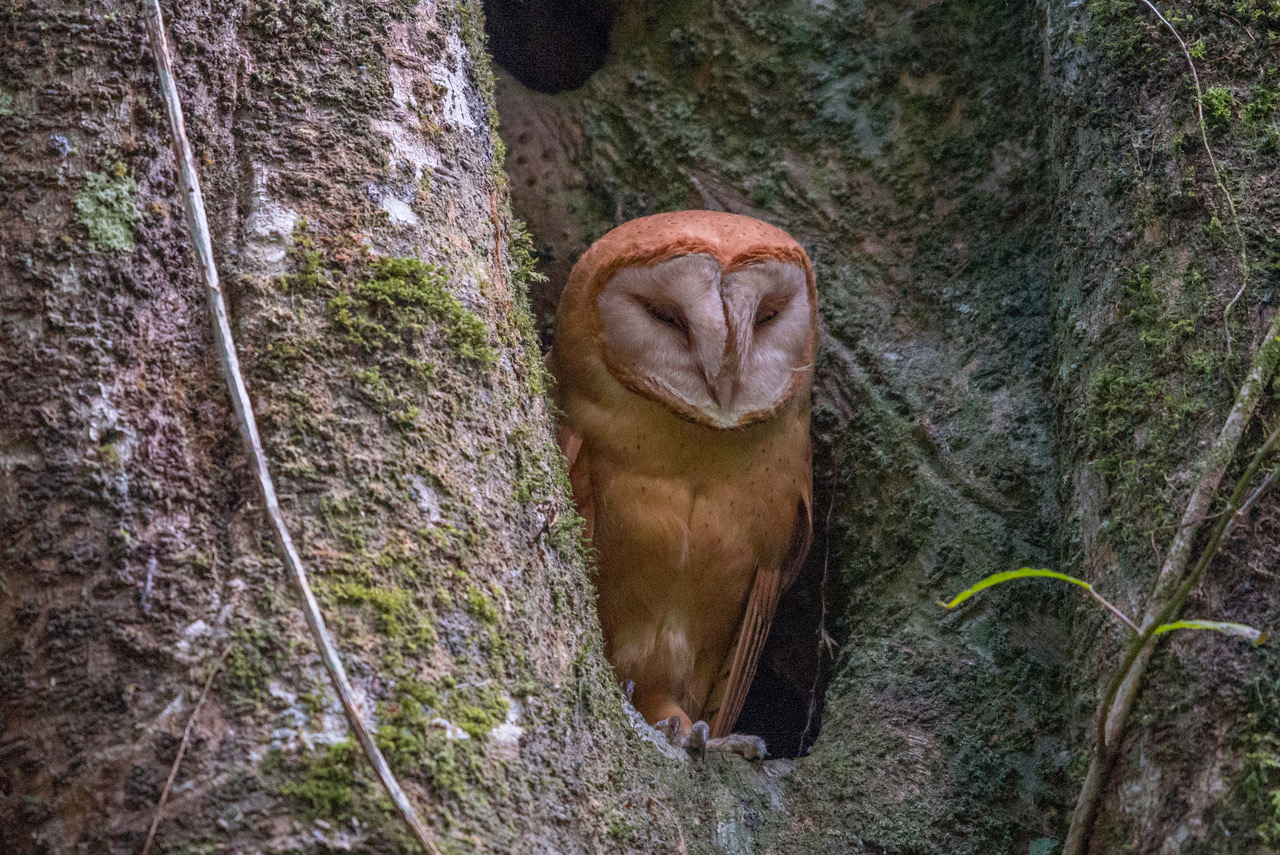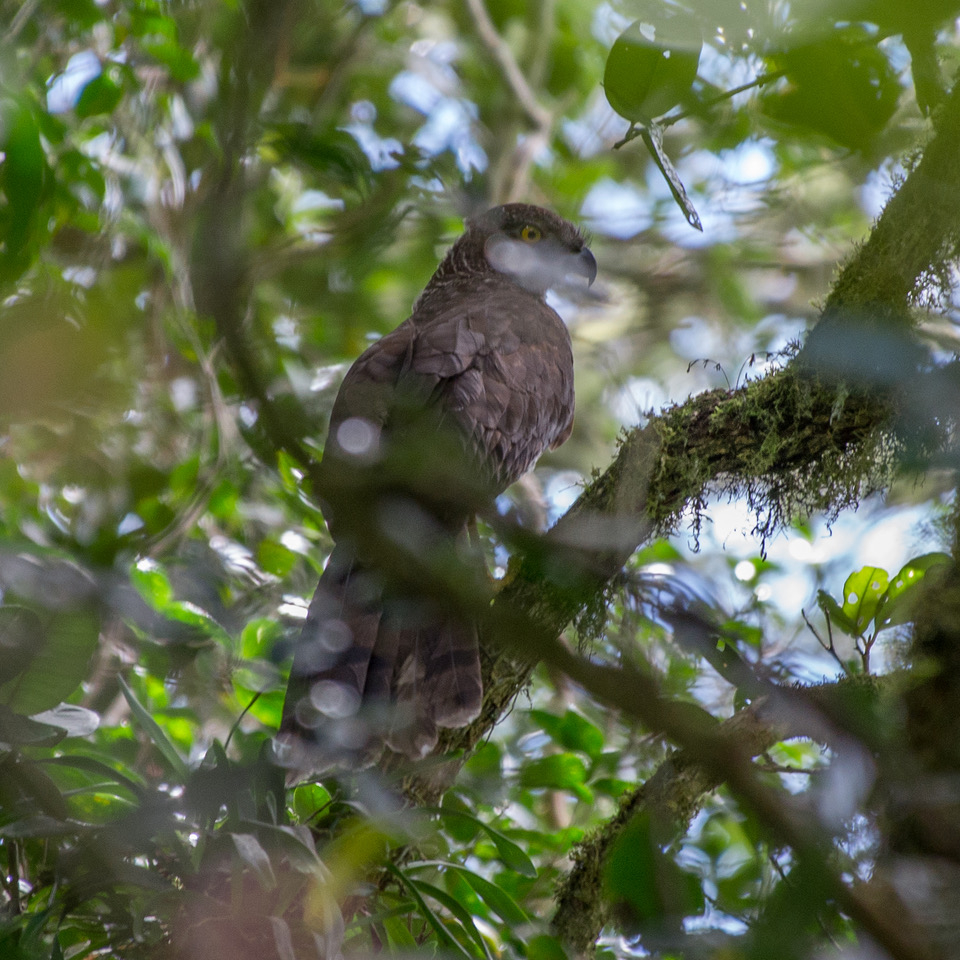Madagascar 2018-2019
The Bird Conservation Fund successfully raised $5,035 to grant to BirdLife South Africa to support exploratory field surveys led by Rene de Roland Lily-Arison (National Director, The Peregrine Fund) and John Mittermeier (Oxford University) to search for birds and reptiles in a lightly surveyed forest block around Lac Matsaborimena in northeast Madagascar. The project will also support technical training for staff from Asity Madagascar (BirdLife’s affiliate in Madagascar), the preparation of conservation action plans, and the development of outreach material to publicize and protect the site.
The target bird species for these surveys include, but are not limited to:
Madagascar Pochard (Aythya innotata) – Critically Endangered
Meller’s Duck (Anas melleri) – Endangered
Slender-billed Flufftail (Sarothrura watersi) – Endangered
Madagascar Marsh-Harrier (Circus macrosceles) – Endangered
Madagascar Serpent-Eagle (Eutriorchis astur) – Endangered
Madagascar Red Owl (Tyto soumagnei) – Vulnerable
Madagascar Grebe (Tachybaptus pelzelnii) – Vulnerable
The Bird Conservation Fund is seeking to raise the $5,035 by September 1, 2018 to support the project’s start in November 2018.
Madagascar Background
The island of Madagascar is a “living laboratory” where evolution has led to an extremely diverse and specialized biota. The birds of the island are no exception, and Madagascar currently hosts 282 species, of which a staggering 115 are endemic to the island. Of these, 35 are considered globally threatened to some degree. The high number of endemic species is a strong motivation for increased conservation efforts on the island, as species lost here, will be lost forever. Madagascar’s spectacular biodiversity and unrivalled endemism now faces environmental degradation on a massive scale. Unfortunately, nearly 90% of Madagascar’s original habitats have been destroyed.
In contrast to this sad picture facing Madagascar’s biodiversity, the story of the Madagascar Pochard provides a refreshingly positive conservation story.
In 2006, Rene de Roland Lily-Arison (principal partner on this project), a Malagasy ornithologist and current director of The Peregrine Fund’s Madagascar program, happened upon a small patch of forest hidden in the remote mountains of north-eastern Madagascar. There, on a tiny crater lake, Lily discovered a small flock of nine Madagascar Pochards, a species not seen since 1991 and thought to be extinct. Today, the population of ducks on this lake, Lac Matsaborimena, has climbed to nearly 40 individuals, and a successful captive breeding program has been started in the nearby provincial capital.
Thanks to this targeted conservation effort, the population has increased significantly increased over the last decade. With a total world population of less than 150 birds, however, the Madagascar Pochard remains one of the rarest waterfowl on earth. Furthermore, the remote patch of forest where the pochard survives has proved to be a ‘lost world’ that is likely home to several of Madagascar’s most enigmatic and poorly-known species. Among other rare and threatened biodiversity , this includes the Madagascar Serpent-eagle, one of the rarest species of eagle on Earth and the Madagascar Red Owl, which went missing to science for much of the twentieth century until its rediscovery in the 1990s.
Project Activities
Field Surveys:
The principal component of the project will be exploratory field surveys led by Lily-Arison (The Peregrine Fund) and John Mittermeier (Oxford University) to survey birds and reptiles in a new forest block that has only recently been added to the Lac Matsaborimena site. Methods for this fieldwork will consist of audio-visual surveys and point count observations.
Technical Reports:
Results from these field surveys will compiled into a technical report that will serve inform the development of long-term conservation plans. These plans will be shared with partners to support applications for IBA, etc. etc. status and other formal protection efforts
Capacity Development:
The project team will spend one week in Antananarivo, capital of Madagascar, providing technical support and training for local staff at Asity and The Peregrine Fund. Activities will include training on the use of IBA database, how to conduct IBA / KBA assessments, and opportunities for using privately protected areas to protect Madagascar’s Key Biodiversity Areas. Additional training and knowledge exchange needs will be developed through consultation with the Madagascar project partners prior to departure. Additional benefits of the project include collaborative learning and training for Malagasy member of the team. Several members of Lily’s team are postgraduate students, and this project will provide opportunities to train them on biodiversity conservation and scientific research.
Project Outputs
Three – four weeks of field surveys in the Bemanevika region of Madagascar.
A conservation action plan.
Submittal of two popular media articles to raise awareness of this special region and its threatened avifauna.
A practical, field-based learning exchange between Asity and The Peregrine Fund
(Left to right): Madagascar Serpent-Eagle and Madagascar Red Owl (R). Photo credit: John Mittermeier





